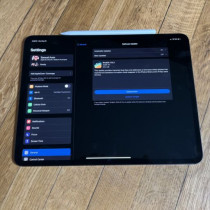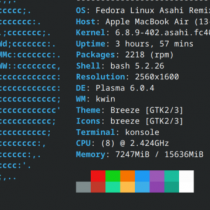Configuring the 2.6 Linux kernel
Linux is a shining example of the power of the Open Source movement as a positive force of change in the software industry. The Linux kernel, the core of any Linux distribution, is constantly evolving to incorporate new technologies and improve performance, scalability, support, and usability. Many of these enhancements are related to adding support for additional architectures, processors, buses, interfaces, and devices. Stable releases of the Linux kernel (even-numbered releases such as 2.0, 2.2, 2.4, and now 2.6) only occur every two years or so, after exhaustive development and testing.
In addition to new features, each new stable Linux kernel version provides many improvements that standardize its internal interfaces, extend the performance and size of supported devices, and simplify adding support for new devices and subsystems to the kernel. Some of these changes are only relevant to kernel developers or people writing device drivers, while others impact system startup, system administration, and application deployment.
If you are migrating existing applications to a 2.6-based Linux distribution such as TimeSys Linux, its performance improvements and increased support for industry-wide standards such as POSIX make porting a relatively simple task. However, if you are migrating device drivers, custom system-level applications, or a customized Linux root filesystem to 2.6-based Linux, an overview of the basic changes to kernel internals, subsystems, system startup, and system administration can save you a substantial amount of development time and debugging headaches.









































































